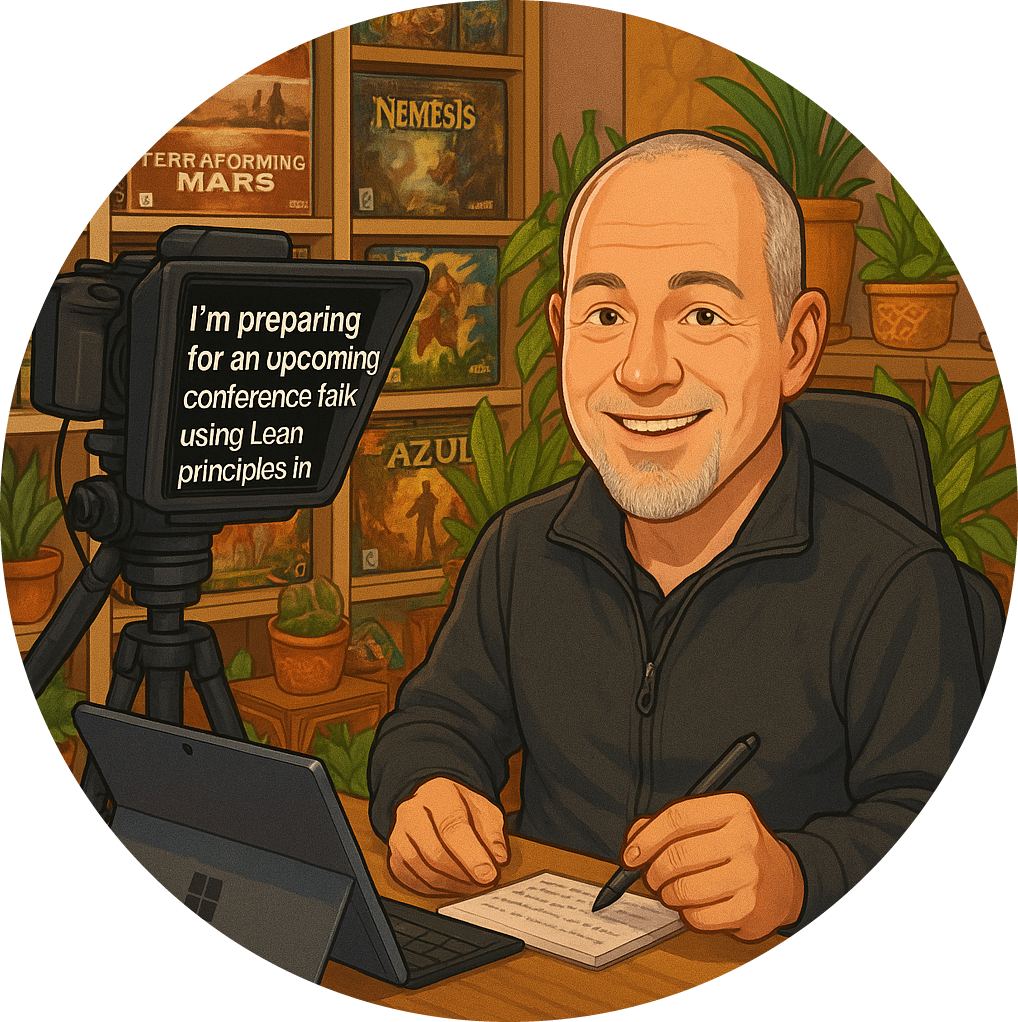In my experience teaching the Professional Scrum Master II (PSM2) course, I’ve encountered a recurring theme that resonates deeply with participants: the epiphanies that emerge during our discussions. While there are several insights that attendees gain, the most common epiphany often revolves around the role of the Scrum Master and the broader implications of their responsibilities.
The Scrum Master’s Broader Role
One of the most significant realisations for many is that the Scrum Master is not solely focused on the team. This is a crucial point that, despite being clearly outlined in the Scrum Guide, often gets overlooked. The Scrum Master has accountabilities not just to the team but also to the Product Owner and the organisation as a whole.
- Understanding Accountability:
- The Scrum Master must ensure that the team is functioning effectively, but they also need to engage with the organisation to remove impediments and foster an environment conducive to agility.
- This dual focus can be a game-changer. When Scrum Masters begin to understand their role in the larger organisational context, it opens up new avenues for influence and impact.
Asking the Right Questions
As we delve deeper into these responsibilities, I encourage Scrum Masters to ask difficult questions. This is where the real growth happens.
- The Power of “Why?”:
- Often, there are long-standing rules and processes within organisations that may no longer serve their purpose. For instance, I recently explored the historical context of certain practices at the Royal Bank of Scotland, where some rules date back over 200 years.
- It’s essential to question whether these rules are still relevant today. By challenging the status quo, Scrum Masters can help teams navigate through outdated practices that hinder their progress.
The Meta Epiphany
For those who are also facilitators, there’s an additional layer of insight to be gained. This meta epiphany involves learning how to engage more effectively with people and encourage participation in discussions.
- Becoming a Two-Dimensional Scrum Master:
- It’s about expanding beyond the traditional view of Scrum and incorporating additional tools and practices that can enhance team dynamics.
- By modelling the behaviours they wish to see, Scrum Masters can facilitate meaningful change and foster a culture of collaboration and engagement.
Conclusion
These epiphanies are not just theoretical; they have real-world implications for how we approach our roles as Scrum Masters. By embracing the broader scope of our responsibilities and fostering a culture of inquiry, we can drive significant change within our organisations.
If you found this discussion insightful, I encourage you to engage with me further. Whether you have questions about Scrum, Agile practices, or just want to chat over a virtual coffee, feel free to reach out through Naked Agility. Your journey towards becoming a more effective Scrum Master starts with these conversations, and I’m here to support you every step of the way.





























